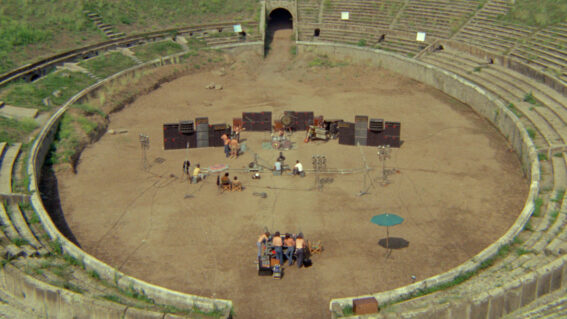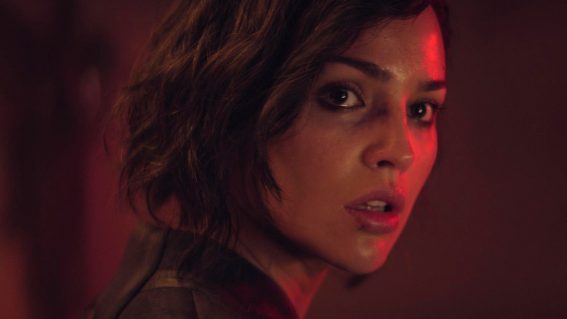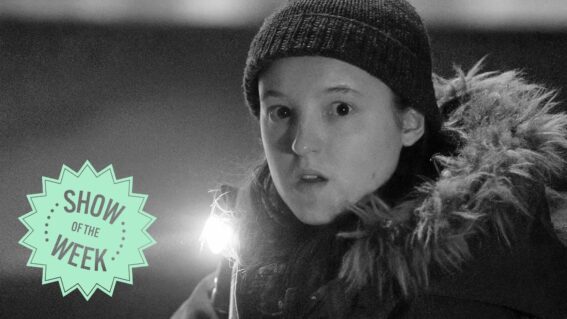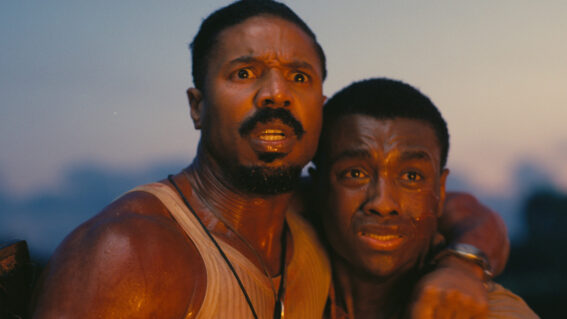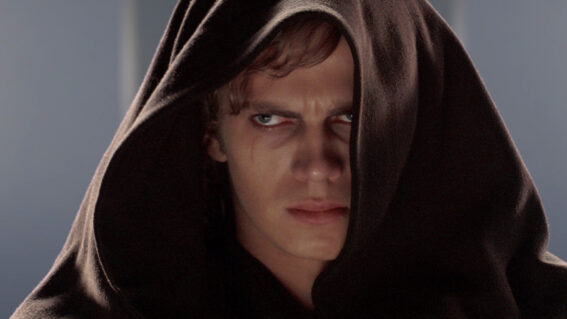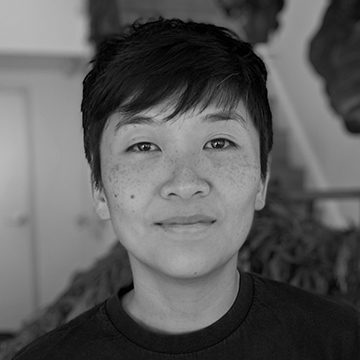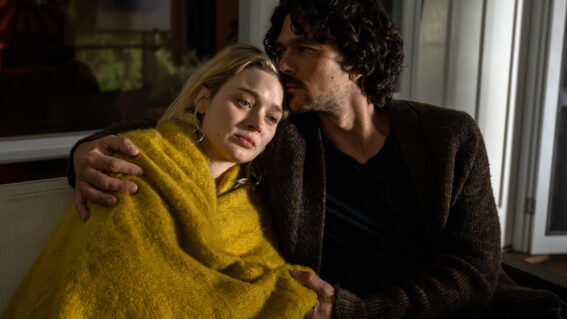Justin Kurzel’s WWII drama is weighty, thoughtful – and yes, cinematic – television

Acclaimed filmmaker Justin Kurzel brings a story of Australian WWII prisoners of war to the screen in The Narrow North to the Deep North – streaming on Prime Video from April 18. Its images are often undeniably beautiful, including the ones depicting horror, writes Tony Stamp.
Australian author Richard Flanagan wrote the book The Narrow North to the Deep North in part because his father had been a Japanese prisoner of war in WWII, tasked to work on the Burma Railway. Flanagan based its lead character on Edward “Weary” Dunlop, an Australian Army doctor who cared for the malnourished POWs forced to labour. Of the more than 12,000 Allied Soldiers who died during the railway’s construction, 2,802 were Australian.

The experiences of these men are recreated, often in agonising detail, in an adaptation of the same name. A five-part mini series directed by Justin Kurzel, its narrative jumps around in time and space, as Dorrigo Evans (the character based on Dunlop) thinks back on different parts of his life.
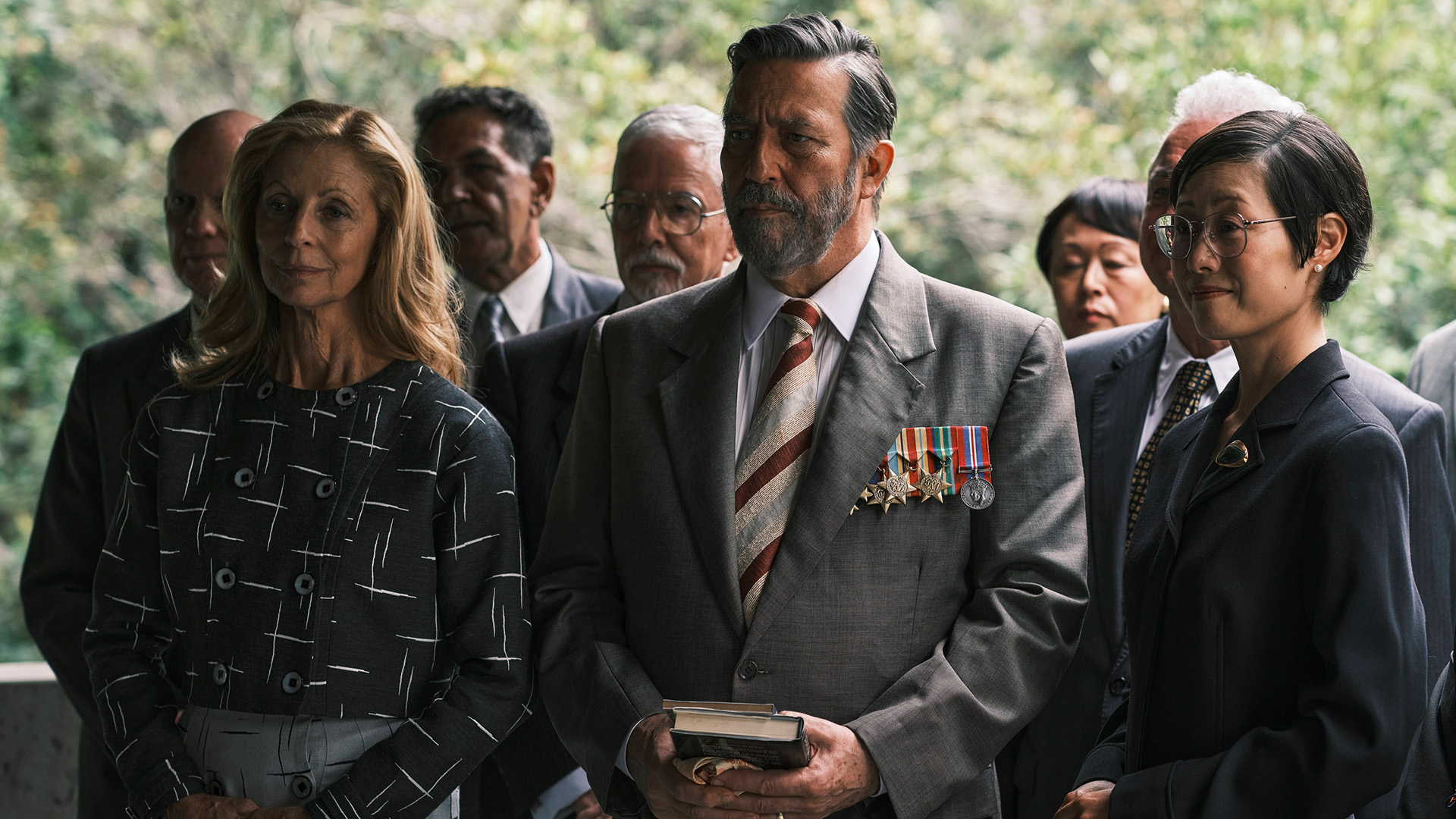
As an older man, played by Irish actor Ciarán Hinds, he works as a surgeon, having found public recognition as a war veteran. Jacob Elordi portrays Evans at two other periods: during his imprisonment by the Japanese, and a time prior to that, when he’s drawn into an affair with his uncle’s wife.
Their meeting, courtship and eventual consummation are presented as gauzy vignettes that intrude on the older man’s thoughts. They’re memories that haunt him, representing a peace he never found again. They also provide a welcome respite from scenes set during the war, which are as uncompromising as you’d expect from Kurzel.
His career began with the relentlessly grim Snowtown, based on a real series of murders. Every feature Kurzel has made has involved historical fact, including, to some degree, Macbeth and Assassin’s Creed. Along the way he’s gained a reputation for not shying away from unpleasant details.
That’s especially true for his collaborations with screenwriter Shaun Grant—Snowtown, True History of the Kelly Gang, and Nitram, an account of the Port Arthur massacre—who likewise wrote The Narrow Road to the Deep North. The pair’s attempts at fidelity can result in uncomfortable viewing, and that’s especially true here.
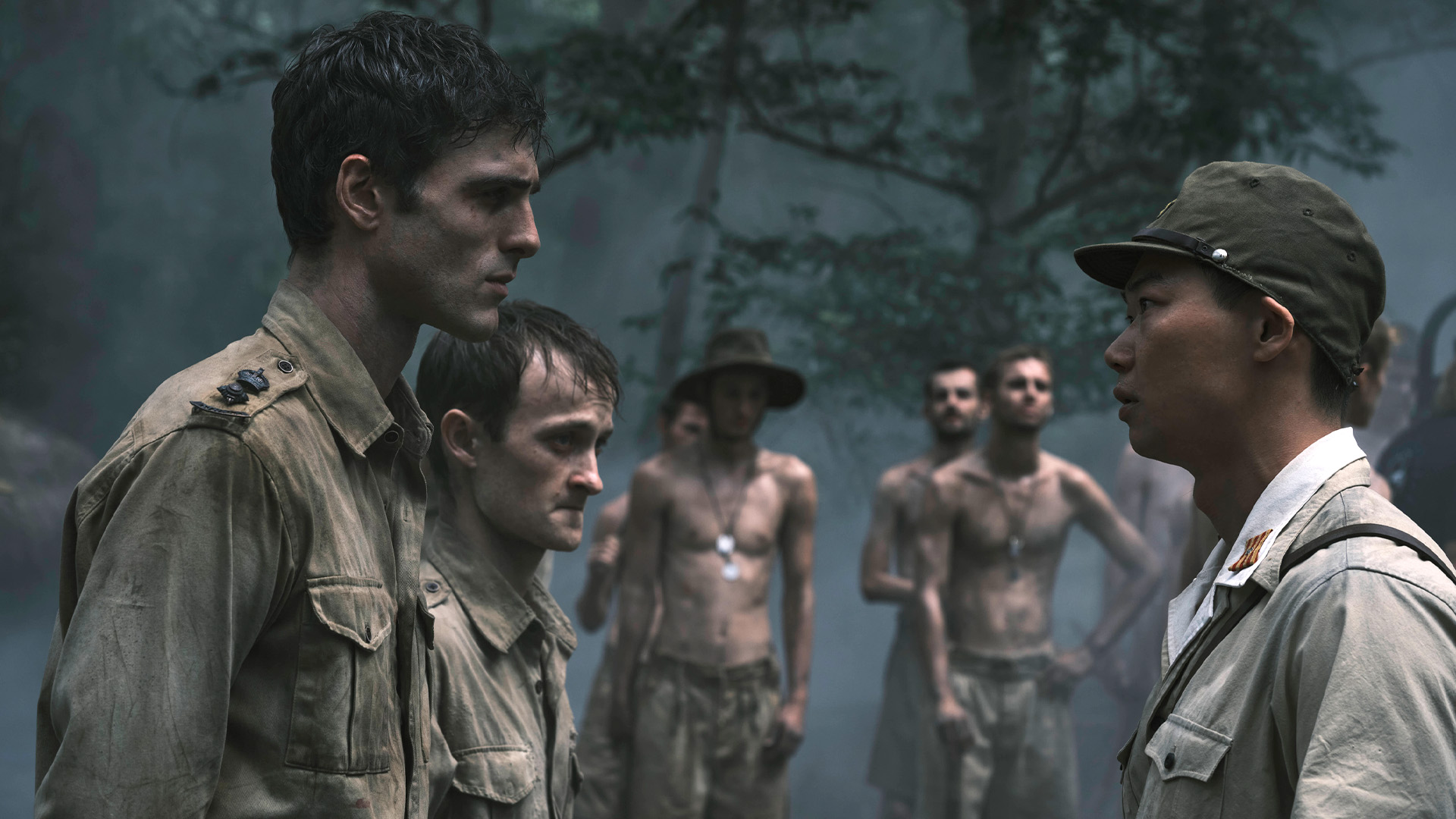
Within minutes we see a man covered in mud gurgle his last breath as he bleeds to death. Later we’re forced to watch what might be the most graphic amputation ever committed to film. These moments are confronting, but even worse is the slow decline of the POWs, as cholera and dysentery run though camps already dealing with malnutrition and overexertion.
Kurzel’s images are often undeniably beautiful, including the ones depicting horror. Early on dozens of shirtless men are crammed into a sweltering railcar, laying on top of one another as they sleep, then raising their heads to catch the rain, captured by the director in long shots as a rippling mass of flesh. Likewise the jungle is deadly but it’s photographed gorgeously, with attentive sound design to match.
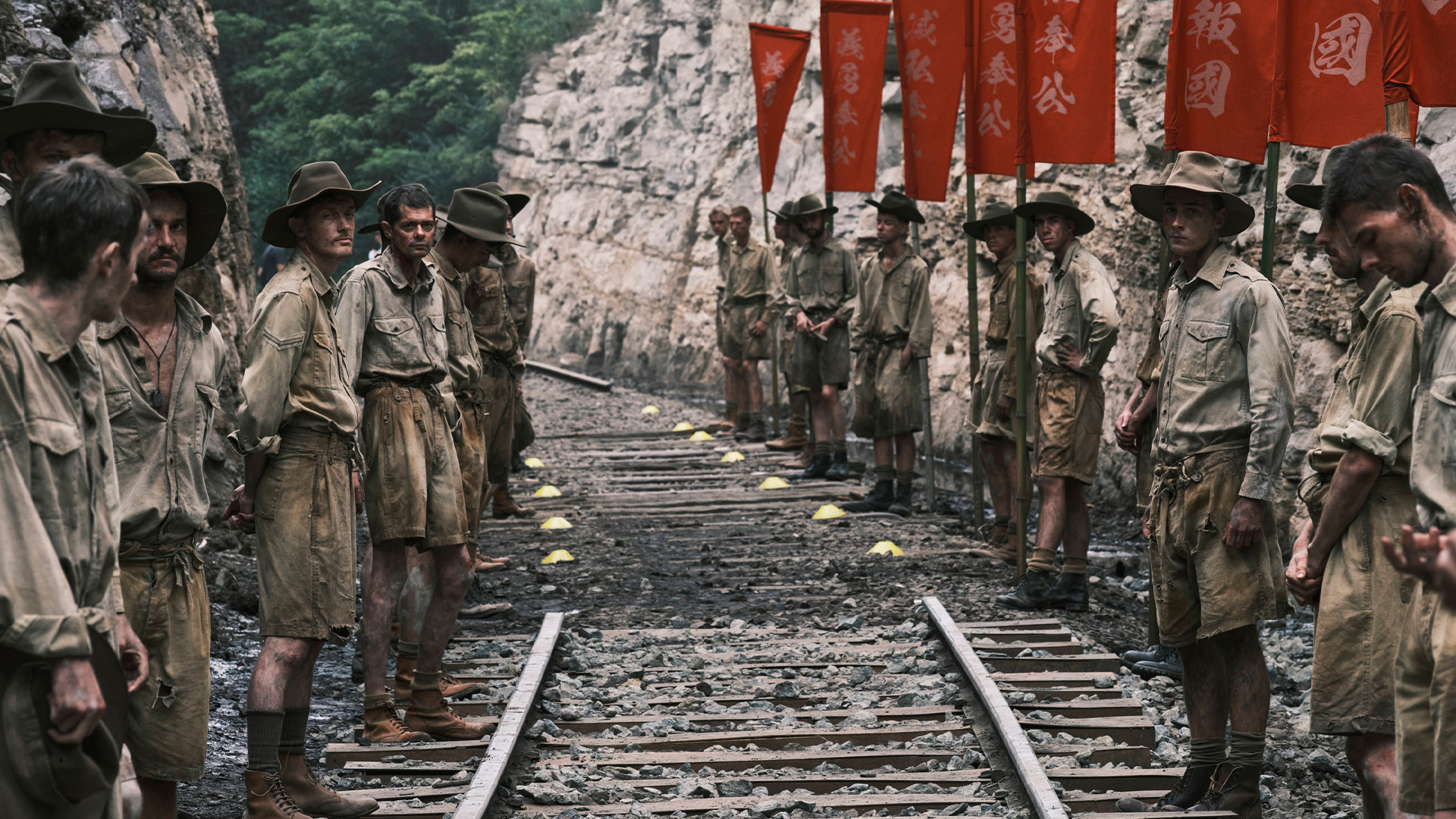
The relentless thrum of insects that soundtrack those scenes contrasts with the relative peace and quiet of Evans’ later life, even as it’s clear his inner life is anything but. Similarly Kurzel favours a kind of sepia tone, evoking the time period but also hinting at moral murk. Evans’ infidelities began before he’d even gone to war—he was already engaged prior to his affair with his uncle’s wife Amy Mulvaney—and they continue well after.
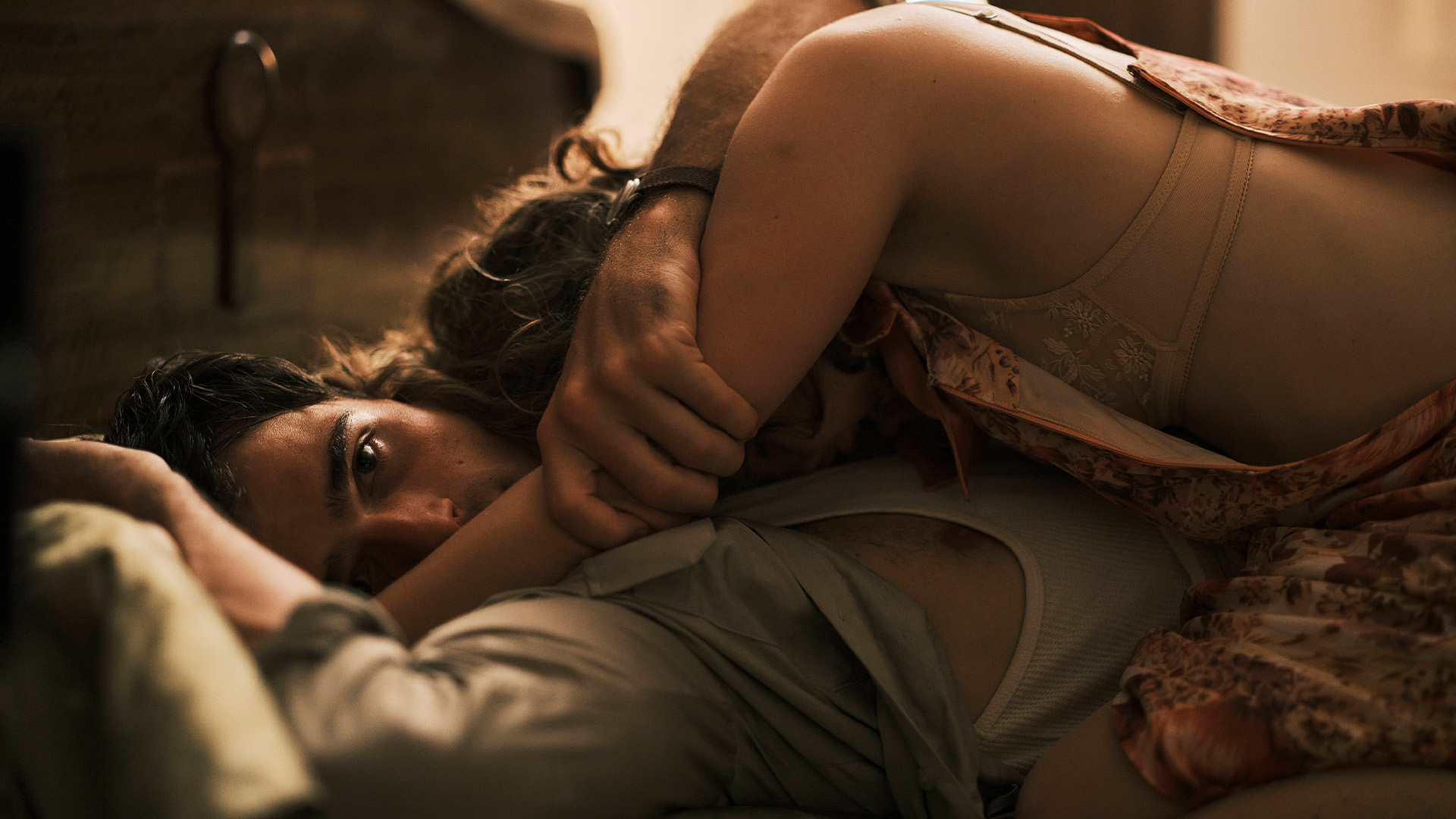
This is the show’s thorniest idea, asking us to pity Evans, and admire him, but also hate him at times. It often seems like he hates himself, taking no pride in his role during the war, and refusing to be defined by his experiences (even though they clearly haunt him).
Elordi and Hinds are both more than capable in their shared role, the elder actor conveying myriad emotions with a glance, the younger undergoing a physical transformation that mirrors his tortured interior. It’s weighty, thoughtful—and yes, cinematic—television, as simultaneously beautiful and ugly as the complex life it portrays.


